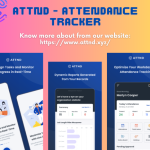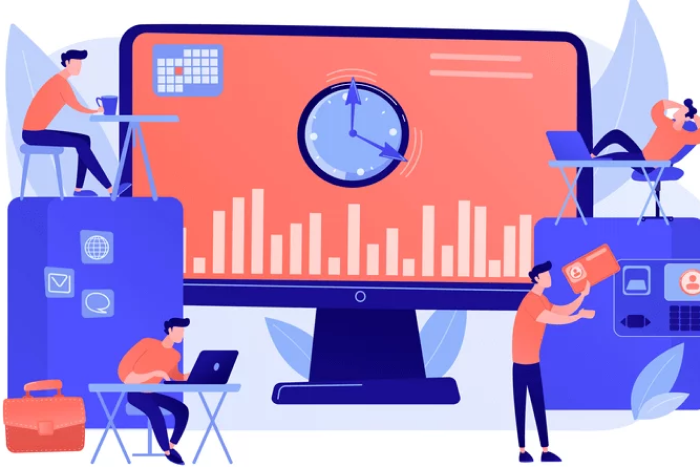
Employee Task Management Effectively:
Employee task management is essential for ensuring efficiency, meeting deadlines, and maintaining a positive work environment. A productive and peaceful work environment is largely dependent on the efficient administration of staff tasks. Imagine working in a place where communication is easy, deadlines are regularly met, and tasks easily fit with overall corporate goals. To do this, best practices that put an emphasis on communication, clarity, and a strong infrastructure must be put into place. The following are some suggestions for managing staff tasks:
Set specific goals:
Define the aims and objectives of each task in detail. This helps employees understand the purpose of their work and how it contributes to the overarching goals of the firm.
Clearly state the purpose of the project:
Giving employees context for the project and its objectives is essential as a Best Practice of Managing Employee Task Management to assist them understand their assignments and daily tasks. Goals paint a clear image of the direction that the company want to follow.
Establishing targets and goals can help facilitate the process of developing a roadmap and establishing benchmarks that will indicate advancement in manageable steps. They foster team unity and guarantee that everyone is using the appropriate resources and communicating with one another. Setting goals is also essential for task management since it gives team members specific direction and guidance.
Segment the project into tasks, and then each task into a smaller job:
Tasks are comparable to a clock’s components and gears. When considered separately, they appear unremarkable and unimportant, yet when combined, they provide great worth and meaning. Subtasks define the specifics of what must be done in order to finish a more broad achievement. At this point, making checklists and to-do lists is helpful since they make it obvious which activities are finished, pending, ongoing, or past due.
Establish priorities and group items based on the urgency of doing them:

In the context of a project, establishing priorities is essential to its success. It determines which tasks must be finished right once and which are requirements for other assignments, enabling the project to move forward even with constrained time and resources. Establishing priorities makes it clear which project component need the most resources.
For example, obtaining a venue permit for an upcoming event is a process that should be prioritized. Authorization is required to start other tasks, such setting up the stage’s lighting and sound equipment. Others stipulate that they must have the permission-granting permit.
Have regular meetings with your teams:
Face times are essential because they offer a platform for discussing project status and obstacles, proposing modifications, and generating fresh concepts. To further inspire the team, meetings can also be used to honor staff members for their contributions. Find a common platform to communicate with all project participants when scheduling conflicts arise from remote personnel and time limits. It keeps silos from forming and guarantees that important agenda items are discussed on time.
Develop a notification system for pending or overdue tasks:
Employees frequently require reminders to adhere to deadlines, whether they are pushed or pinned. One of the most important components of task management is live notification. Advisories notify the team of any modifications to tasks and workflows. By putting in place a notification system, leaders may notify members of changes immediately and ensure that they get the information they require without having to follow up on specifics.
Provide professional training and development scope:
Give workers the chance to grow professionally by offering training and development opportunities. Long-term professional progress and task performance can both be enhanced by this investment. Employee can give her best by gaining more efficient professional improvement that meet the best work requirements. Employee can also work efficiently by using task management tools.
Use task-management software:

Organizations use project management software or advanced task management technologies to make task orchestration easier. These apps, which include Jira, Asana, and Trello, function as virtual command centers that streamline job assignment, tracking, and completion while establishing order in the frequently complex dance of project management.


